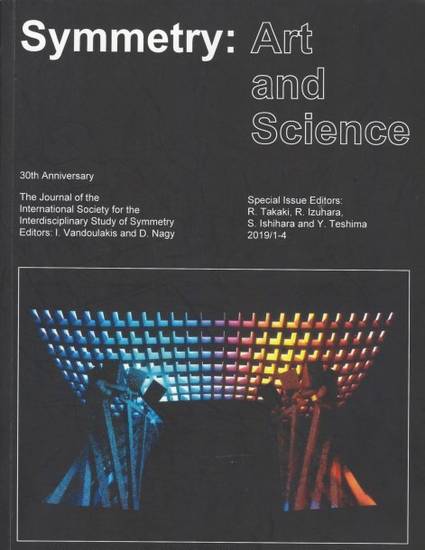
Article
The Aleppo Minbar: Symmetry and Islamic Aesthetics
Symmetry: Art and Science
(2019)
Abstract
The Aleppo minbar (pulpit for Friday sermons) is a monumental architectural sculpture commissioned in the middle of the 12th century in Aleppo, Syria, by Nur al-Din al-Zangi, who was ruling from Damascus. Envisioning the end of the Crusades, Nur al-Din sought to place the minbar in the Aqsa Mosque after Muslims reclaimed Jerusalem, where it was installed in 1187 by the Ayyubid ruler, Saladin. Richly ornamented with many geometric forms and designs, the wooden minbar expresses an algorithmic Islamic aesthetic based on symmetry, with patterns that imply an infinite expanse contained within borders. Manifesting an aesthetic that persisted for generations into the present, the Aleppo minbar broadly engages the intersecting trajectories of craft production and knowledge, symmetry and beauty, mathematics and pattern, religion and politics, architectural forms and theological concepts. As a monumental expression of beauty, the minbar represents the epitome of Islamic art in its time.
Keywords
- minbar,
- woodwork,
- Aleppo,
- Jerusalem,
- Islamic art,
- Islamic geometric patterns,
- Islamic aesthetic,
- algorithmic aesthetic,
- Aqsa Mosque,
- Seljuq art,
- symmetry
Disciplines
Publication Date
2019
Citation Information
Carol Bier (2019) "The Aleppo Minbar: Symmetry and Islamic Aesthetics," Symmetry: Art and Science (2019, 1-4), pp. 70-73.
